Table of content
Stir-fried cabbage, a dish deeply rooted in Chinese culinary traditions, is a testament to the beauty of simplicity. Known as baochao datoucai in Mandarin, this dish transforms humble ingredients into a symphony of textures and flavors—crisp, tender cabbage leaves coated in a glossy, aromatic sauce that dances with umami, heat, and a hint of smokiness. While the recipe may appear straightforward, achieving culinary excellence requires attention to detail, precision, and an understanding of the techniques that elevate this dish from ordinary to extraordinary. In this comprehensive guide, we will explore the history, ingredients, and step-by-step methodology behind crafting the perfect stir-fried cabbage, ensuring every bite delivers a harmonious balance of flavor and texture.
The Humble Beginnings of Stir-Fried Cabbage
Cabbage, a member of the Brassica oleracea family, has been cultivated for millennia across Eurasia. Its resilience, affordability, and nutritional density made it a staple in peasant kitchens, where creative cooks learned to transform its earthy sweetness into dishes that satisfied both body and soul. Stir-frying, a quintessential Chinese cooking method, emerged as a practical solution to preserve the vibrancy and nutrients of vegetables while imbuing them with complex flavors through high-heat cooking. The combination of cabbage and stir-frying techniques resulted in a dish that transcended socioeconomic boundaries, becoming a beloved fixture in homes, street stalls, and upscale restaurants alike.
The Anatomy of Flavor: Ingredients and Their Roles
To master stir-fried cabbage, one must first understand the interplay of ingredients. Each component contributes to the dish’s character, from the crunch of the cabbage to the savory depth of the seasonings.

The Star: Cabbage (Napa or Green Cabbage)
- Napa Cabbage: Also known as Chinese cabbage, this variety boasts tender, sweet leaves and a delicate, crunchy stem. Its mild flavor allows it to absorb seasonings without becoming bitter.
- Green Cabbage: A more robust alternative, with denser leaves and a slightly peppery note. It holds up well to high heat, making it ideal for those who prefer a heartier texture.
Preparation Tips:
- Remove the core and separate the leaves. Rinse thoroughly to eliminate dirt, then pat dry to prevent sogginess.
- Slice the cabbage into uniform pieces to ensure even cooking.
Aromatics: Garlic, Ginger, and Chilies
- Garlic: Minced or thinly sliced, garlic provides a pungent, earthy base.
- Ginger: Freshly grated or julienned ginger adds warmth and a subtle citrusy zing.
- Dried Red Chilies: Whole or sliced, these impart a gentle heat that lingers without overwhelming.
Pro Tip: For a milder dish, remove the chili seeds before cooking.
The Flavor Foundation: Oils and Sauces
- Cooking Oil: Neutral oils like vegetable or peanut oil are ideal for high-heat stir-frying. For depth, use toasted sesame oil as a finishing touch.
- Soy Sauce: Light soy sauce seasons the dish, while dark soy sauce adds color and richness.
- Oyster Sauce: A thick, briny sauce that imparts umami and a velvety texture.
- Rice Vinegar: A splash of acidity brightens the dish and balances the savory notes.
Optional Enhancements
- Shaoxing Wine: A rice wine that adds complexity and depth.
- Sugar: A pinch balances saltiness and enhances natural sweetness.
- Sesame Seeds: Toasted seeds add a nutty crunch.
The Alchemy of Stir-Frying: Technique and Timing
Stir-frying is a dance of fire and motion, where ingredients are cooked rapidly in a hot wok to seal in flavors and textures. Here’s how to execute it flawlessly:

Preheat the Wok
- Place your wok over high heat until it begins to smoke. This ensures the ingredients sear rather than steam.
- Add a thin layer of oil and swirl to coat the surface.
Cook the Aromatics First
- Toss in garlic, ginger, and chilies. Stir-fry for 10–15 seconds until fragrant but not browned.
- Caution: Burnt garlic will ruin the dish—keep movements swift.
Introduce the Cabbage
- Add the cabbage in batches if necessary, ensuring the wok isn’t overcrowded (this lowers the temperature and causes steaming).
- Stir vigorously to coat the leaves in oil and aromatics.
Master the Sauce
- Combine soy sauce, oyster sauce, rice vinegar, and a splash of water in a small bowl.
- Pour the mixture over the cabbage and stir-fry for 2–3 minutes, allowing the leaves to wilt slightly while retaining their crunch.
Finish with Flair
- Drizzle toasted sesame oil and sprinkle sesame seeds (if using).
- Taste and adjust seasoning with a pinch of sugar or an extra splash of soy sauce.
Troubleshooting Common Pitfalls
Even seasoned cooks encounter hurdles. Here’s how to troubleshoot:
- Soggy Cabbage: Overcrowding the wok or insufficient heat leads to steaming. Cook in batches and ensure the wok is scorching hot.
- Bland Flavor: Under-seasoning or skipping aromatics dulls the dish. Always taste and adjust before serving.
- Burnt Garlic: Add garlic after the wok is hot but before the oil smokes. Stir constantly.
Variations and Cultural Twists
Stir-fried cabbage is a canvas for creativity. Experiment with these regional adaptations:
- Sichuan-Style: Add doubanjiang (fermented chili bean paste) and Sichuan peppercorns for a numbing, spicy kick.
- Korean-Inspired: Incorporate gochujang (fermented chili paste) and a dash of kimchi juice.
- Vegetarian Delight: Swap oyster sauce with mushroom-based soy sauce and add tofu cubes.
The Nutritional Powerhouse
Beyond its culinary appeal, stir-fried cabbage is a nutritional powerhouse. Rich in fiber, vitamins C and K, and antioxidants, it supports digestion, immunity, and bone health. The dish’s low-calorie profile makes it a guilt-free indulgence, perfect for health-conscious diners.
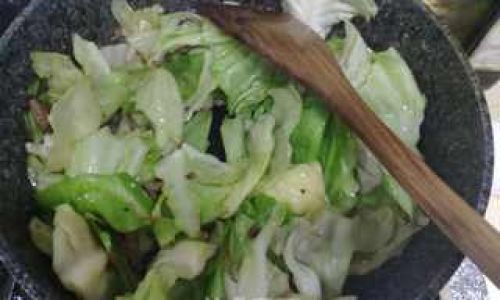
Serving Suggestions
Stir-fried cabbage pairs beautifully with:
- Steamed Rice: The cabbage’s juices mingle with the rice, creating a comforting meal.
- Noodles: Toss with chow mein or udon for a heartier dish.
- Grilled Meats: Balance smoky proteins like pork belly or chicken with the cabbage’s freshness.
The Zen of Stir-Frying: Mindfulness in the Kitchen
Beyond technique, stir-frying cabbage is an exercise in mindfulness. The rhythmic clinking of the wok, the sizzle of aromatics, and the aroma of caramelizing ingredients invite presence. Embrace the process: feel the wok’s heat, listen to the ingredients’ cues, and savor the transformation from raw to radiant.
Conclusion: A Dish That Transcends Borders
Stir-fried cabbage is more than a recipe—it’s a cultural artifact, a testament to the ingenuity of cooks who turned simplicity into artistry. Whether you’re a novice or a seasoned chef, mastering this dish offers a gateway to Chinese culinary philosophy: balance, precision, and respect for ingredients. So grab your wok, ignite the flame, and embark on a journey to create a dish that’s crisp, savory, and undeniably unforgettable.

Final Tip: Practice makes perfect. Don’t be discouraged by initial attempts. With each stir, you’ll refine your technique—and soon, your stir-fried cabbage will rival that of any street-food vendor or grandmaster chef. Bon appétit!

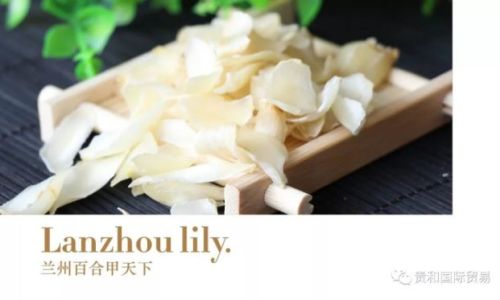

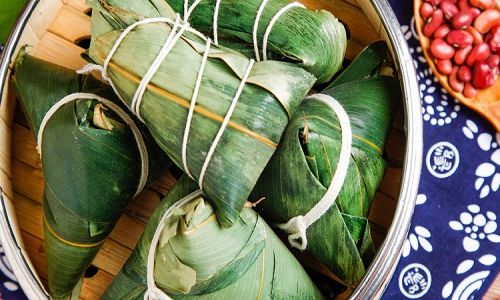
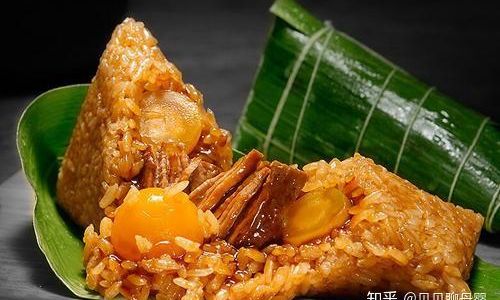
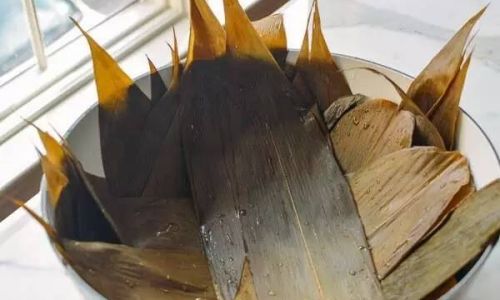
0 comments